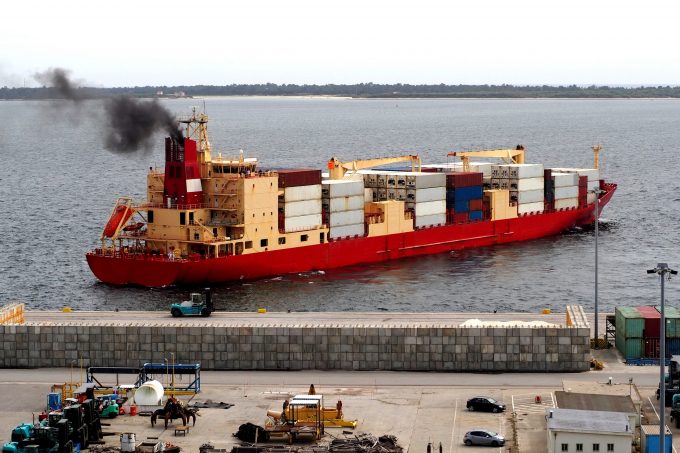Neoline blows in as 'a different type of shipowner and operator'
It is becoming possible for some ships to save a portion of their emissions by ...

Despite being highlighted by the International Maritime Organization’s carbon intensity indicator (CII) index, slow steaming is not a valid decarbonisation measure, two major Danish shipowners have told The Loadstar.
Due to the effects of drag, reducing vessel speeds by 1 knot produces an outsize reduction of ...
Four crew members still missing as Wan Hai 503 continues to burn
Predatory rivals circle as the ripples from DSV's Schenker buy widen
Explosions and 'out-of-control' fire reported on Wan Hai box ship
MSC Elsa crew face criminal probe, as Wan Hai 503 firefighters battle on
Latest Israeli attack on Iran a threat to box ships in Straits of Hormuz
'It's driving us mad', say forwarders as US court fails to end tariff turmoil
Transpacific rates ease as capacity boost proves too much for trades to digest


Comment on this article